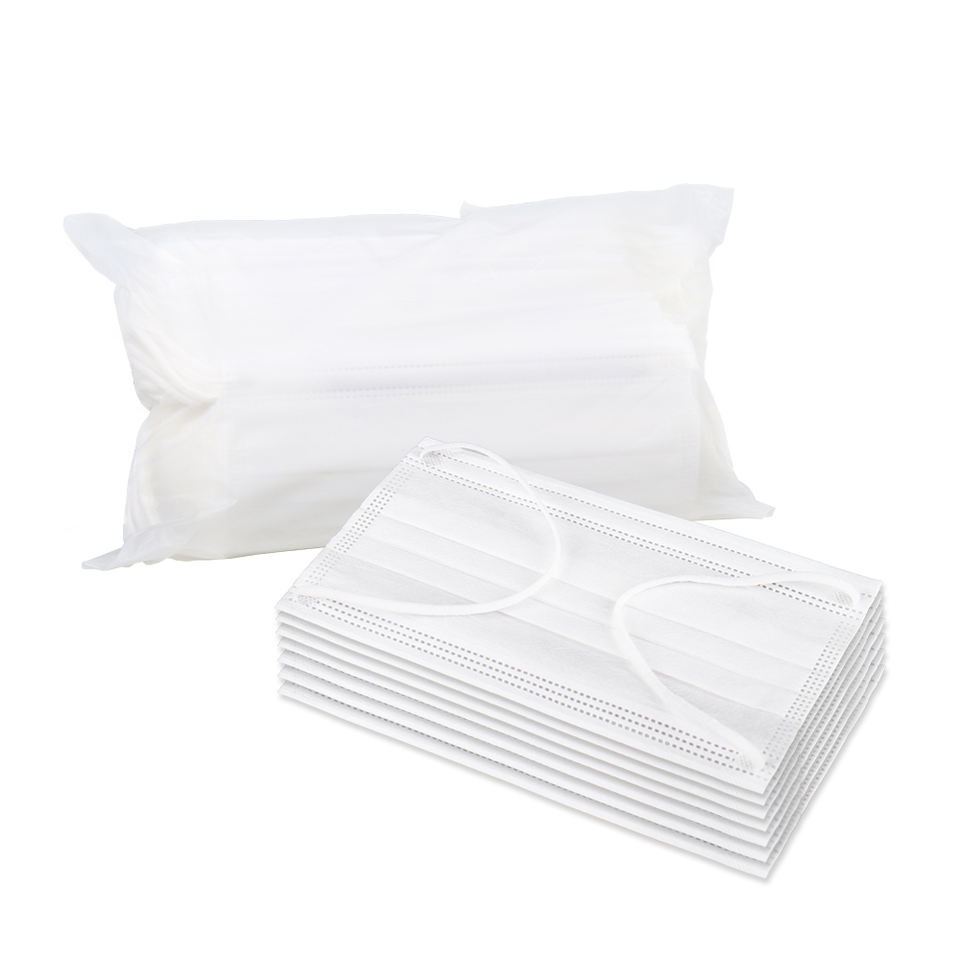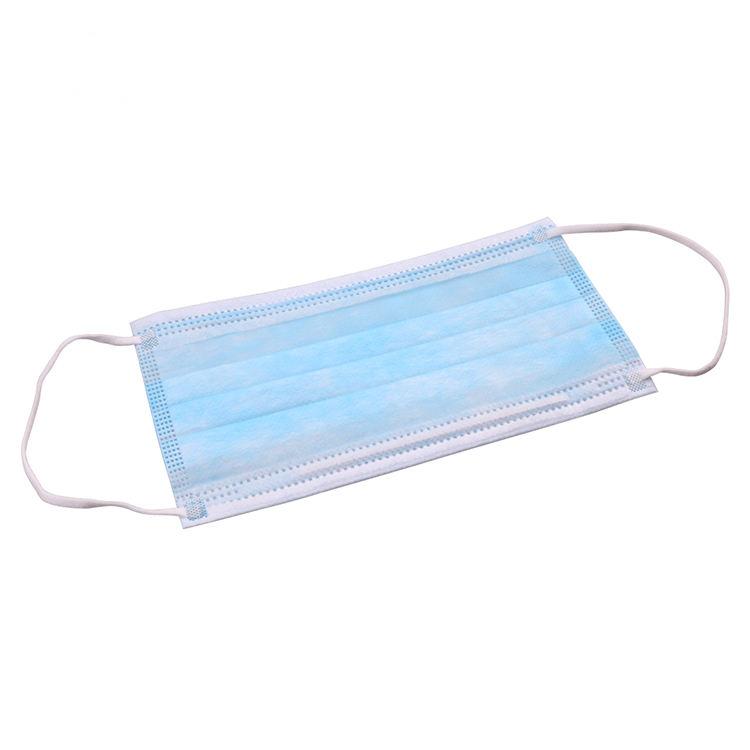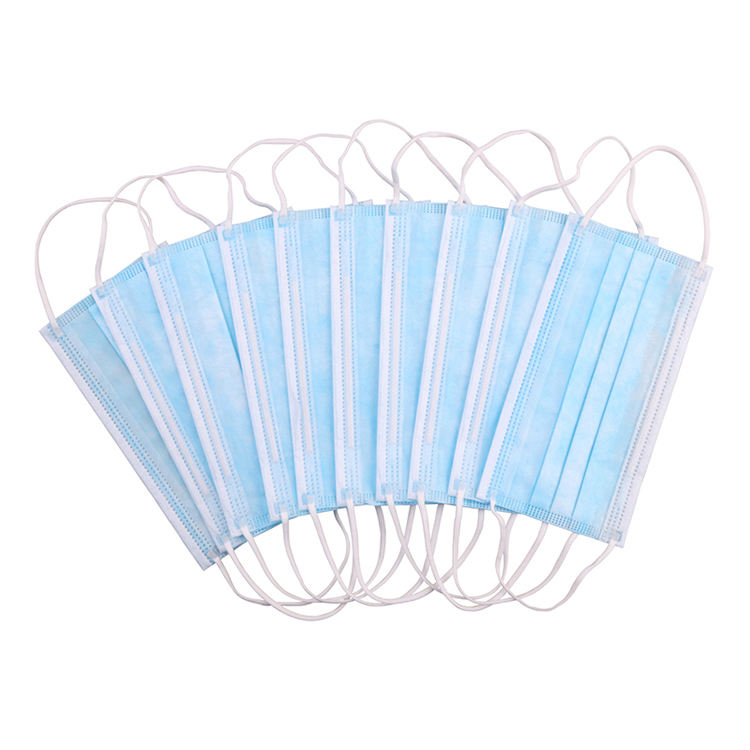Buy Waterproof Safety Clothing | Custom & Coal Mining Gear
Elevating Safety Standards: The Imperative of Advanced Waterproof Protective Wear
In demanding industrial environments, ensuring worker safety and comfort is paramount. The role of specialized Personal Protective Equipment (PPE) is critical, particularly when dealing with hazardous liquids, inclement weather, or high-humidity conditions. This article delves into the technical intricacies, application benefits, and strategic considerations surrounding high-performance waterproof safety clothing, a vital component for protecting personnel across diverse sectors.
Industry trends indicate a continuous evolution in protective wear technologies, driven by stricter regulatory compliance, advancements in material science, and a growing emphasis on ergonomic design. The market for industrial safety apparel is projected to reach USD 17.5 billion by 2028, reflecting an increasing investment in worker well-being. Modern waterproof safety clothing not only offers superior liquid barrier properties but also incorporates features like breathability, high visibility, and chemical resistance, making it an indispensable asset for operations where worker exposure to wet or hazardous conditions is unavoidable. Companies looking to buy safety clothing are increasingly prioritizing durability, multi-hazard protection, and long-term cost-effectiveness.
The Manufacturing Process of High-Performance Waterproof Safety Clothing
The production of advanced waterproof safety clothing involves a sophisticated, multi-stage process, integrating cutting-edge materials and precision engineering to ensure optimal protective performance and longevity.
Process Flow Overview:
- Material Selection & Development: The foundational step involves selecting high-performance textiles. Common materials include polyurethane (PU) coated nylons or polyesters, PVC-coated fabrics, and advanced laminated membranes (e.g., PTFE-based, like Gore-Tex, or proprietary synthetic blends). These materials are chosen for their hydrostatic head resistance, breathability (Moisture Vapor Transmission Rate - MVTR), tear strength, and chemical compatibility. For specialized applications such as in petrochemical or coal mining, materials with inherent flame resistance (FR) or anti-static properties are often integrated.
- Fabric Treatment & Lamination: Selected base fabrics undergo specialized treatments. This can include durable water repellent (DWR) finishes on the outer surface, and the application of a waterproof, breathable membrane. Lamination processes, often using heat and pressure, bond multiple layers—outer shell, membrane, and inner lining—to create a composite fabric that is both waterproof and allows perspiration to escape.
- Precision Cutting & Assembly: Using CAD/CAM systems, fabric components are precisely cut to optimize material usage and ensure consistent sizing. Garment assembly follows, with critical attention paid to seam integrity. Instead of traditional stitching, which can compromise waterproofing, techniques like high-frequency welding, ultrasonic welding, or hot-air seam taping are employed. These methods create impermeable barriers at garment seams, preventing water ingress.
- Component Integration: Functional elements such as waterproof zippers (e.g., YKK AquaGuard), reflective tapes (meeting ANSI/ISEA 107 standards for high-visibility), storm flaps, reinforced stress points, and adjustable cuffs are meticulously integrated. For enhanced utility, specialized pockets and attachment points are designed to be fully sealed.
- Quality Control & Testing: Each garment undergoes rigorous testing. Key standards include ISO 811 (Hydrostatic Head Test) to measure water penetration resistance, and EN 343 for protective clothing against rain, which classifies garments based on their waterproofing and breathability levels. Other tests include abrasion resistance (e.g., Martindale test), tear strength (ISO 13937), and dimensional stability. Garments are also checked for seam integrity, visual defects, and compliance with all specified performance parameters.

Figure 1: Advanced seam-sealing technology for waterproof integrity.
The typical service life of high-quality waterproof safety clothing ranges from 2-5 years, depending on usage intensity, maintenance, and environmental exposure. Target industries include petrochemical, metallurgy, water supply & drainage, construction, marine, and agriculture. In the challenging environment of coal mining safety clothing, for instance, these garments provide essential protection against water, mud, and often corrosive substances, significantly enhancing worker safety and comfort, which indirectly contributes to operational energy saving by reducing downtime due to discomfort or illness. Furthermore, the inherent corrosion resistance of modern materials ensures longevity even in harsh chemical exposures.
Technical Specifications and Performance Parameters
Understanding the key technical parameters of waterproof safety clothing is crucial for selecting the appropriate garment for specific operational needs. These parameters define the garment's protective capabilities and suitability for various working conditions.
Key Performance Indicators for Waterproof Safety Clothing:
| Parameter | Description | Typical Range / Standard | Relevance to Safety |
|---|---|---|---|
| Hydrostatic Head (Waterproofness) | Measures the resistance of fabric to water penetration under pressure (ISO 811). | > 5,000 mm (light rain) to > 20,000 mm (heavy rain/pressure) | Directly indicates protection against liquid ingress; higher values mean better waterproofing. |
| Moisture Vapor Transmission Rate (MVTR) | Rate at which water vapor passes through the fabric (breathability), measured in g/m²/24h (ISO 11092). | 5,000 g/m²/24h (moderate) to > 20,000 g/m²/24h (highly breathable) | Crucial for preventing heat stress and maintaining worker comfort, especially during strenuous activity. |
| Abrasion Resistance | Fabric's ability to withstand rubbing and friction, measured in cycles (ISO 12947-2, Martindale). | > 20,000 cycles (industrial grade) | Ensures durability and extends garment lifespan in physically demanding environments. |
| Tear Strength | Resistance to tearing once a cut or nick is initiated (ISO 13937). | > 25 N (typically for PPE) | Prevents small damages from propagating, maintaining garment integrity and protective barrier. |
| Chemical Resistance | Ability to resist degradation or permeation by specific chemicals (EN 14325). | Permeation breakthrough times and degradation levels vary by chemical. | Essential for environments with chemical splash risks, protecting skin from hazardous substances. |
| Temperature Range | Operational temperature limits without material degradation or performance loss. | -20°C to +50°C (standard); wider for specialized garments. | Ensures garment performance in extreme hot or cold conditions, preventing material brittleness or melting. |
These parameters are critical for specifying reliable waterproof safety clothing that meets both regulatory requirements and the practical demands of the workplace.
Application Scenarios and Real-World Experience
The versatility of modern waterproof safety clothing is demonstrated across a multitude of industrial applications, where it consistently enhances worker protection and operational efficiency.
Typical Application Scenarios:
- Petrochemical Industry: Workers are exposed to chemical splashes, hydrocarbons, and often operate in environments with a risk of fire. FR-rated waterproof garments provide protection against both liquid hazards and flash fires, critical for refinery and offshore platform operations.
- Water Supply & Drainage: Maintenance crews working in sewers, wastewater treatment plants, or on pipeline repairs require robust waterproof and often chemical-resistant clothing to protect against contaminated water and sewage. High-visibility features are also crucial for roadside work.
- Construction & Utilities: Outdoor workers frequently face rain, snow, and mud. Durable, high-visibility waterproof safety clothing ensures workers remain dry, visible, and comfortable, regardless of weather, reducing the risk of hypothermia and accidents.
- Metallurgy & Heavy Manufacturing: While not always directly exposed to water, certain processes involve cooling liquids, steam, or wash-down procedures. Waterproof garments protect against splashes and ensure comfort in humid or wet operational zones.

Figure 2: Workers utilizing waterproof safety gear in outdoor construction.
Customer Feedback and Service Case Studies:
"Our offshore rig personnel used to struggle with traditional rain gear that was heavy and non-breathable. Switching to advanced laminated waterproof safety clothing dramatically improved comfort and reduced fatigue during long shifts in adverse weather. The integrated reflective elements also enhanced visibility, which is critical in our low-light operations." – Safety Manager, Global Energy Company.
In a case study involving a major municipal water utility, the deployment of new, lightweight waterproof safety clothing led to a 15% reduction in weather-related sick days over two years. The enhanced garment breathability also contributed to a reported 20% increase in perceived comfort and mobility by field engineers, directly impacting productivity during extensive outdoor maintenance operations.
Authoritativeness and Trust: Certifications, Partners, and Data
Our commitment to safety is underpinned by stringent adherence to international standards, robust certification processes, and trusted partnerships. We emphasize transparency through verifiable data and industry recognition to build confidence in our products and services.
Certifications and Standards Compliance:
- EN 343: Protective Clothing Against Rain: Our waterproof safety clothing meets or exceeds the requirements of EN 343, categorized by its resistance to water penetration (X) and water vapor resistance (Y), e.g., Class 3/3, indicating the highest levels of waterproofing and breathability.
- ISO 9001: Quality Management Systems: Our manufacturing facilities are ISO 9001 certified, ensuring consistent product quality, continuous improvement, and customer satisfaction.
- ANSI/ISEA 107: High-Visibility Safety Apparel: For garments intended for roadside or low-light operations, compliance with ANSI/ISEA 107 is ensured, specifying requirements for background material, retroreflective material, and garment configuration.
- CE Marking: All relevant products bear the CE mark, signifying compliance with European Union health, safety, and environmental protection standards.
Industry Recognition and Partnerships:
With over 15 years of dedicated service in the PPE sector, we have cultivated enduring partnerships with leading industrial clients globally, including multinational corporations in oil & gas, mining, and infrastructure development. Our track record includes supplying specialized custom safety clothing solutions for highly regulated projects.
Performance Data & Comparative Analysis:
A comparison of various membrane technologies for waterproofing and breathability:
| Membrane Type | Hydrostatic Head (mm) | MVTR (g/m²/24h) | Durability | Typical Use Case |
|---|---|---|---|---|
| PVC Coated Fabric | >10,000 | < 1,000 | High, especially chemical resistance | Heavy-duty industrial, chemical handling, non-breathable needs. |
| PU Coated Fabric | >8,000 - 15,000 | 3,000 - 8,000 | Good, flexible | General industrial, wet weather, moderate activity. |
| PTFE (e.g., ePTFE) Membrane | >20,000 - 40,000+ | >15,000 - 25,000+ | Excellent, lightweight | High-performance, strenuous activity, extreme weather. |

Figure 3: Certification labels for protective clothing.
Customization Solutions for Specific Industrial Needs
Recognizing that standard solutions may not always suffice, we offer extensive customization options for waterproof safety clothing to precisely meet unique operational demands and brand requirements. This approach ensures optimal fit, functionality, and compliance.
Tailored Solutions Include:
- Specialized Sizing and Ergonomics: Beyond standard sizing, we provide options for bespoke measurements, ensuring garments fit perfectly, enhancing comfort, mobility, and ultimately, safety. Ergonomic design adjustments can include articulated knees, gusseted underarms, and adjustable waistbands.
- Integrated Functionality: Custom features such as specific pocket configurations, reinforced stress points for tools, integrated D-rings for fall protection, or provisions for communication devices (e.g., microphone loops, cable routing) can be incorporated.
- Material Blends for Multi-Hazard Protection: For environments requiring protection against multiple threats, such as chemical splash and arc flash, we can develop garments using multi-layer fabrics or specific material blends (e.g., FR/Anti-Static waterproof safety clothing). This is especially pertinent for sectors like coal mining safety clothing where protection against water, dust, and potential ignition sources is crucial.
- Branding and High-Visibility Accents: Company logos, specific corporate colors, and additional reflective striping patterns can be integrated into the design, maintaining corporate identity while adhering to safety standards.
Our design and engineering teams work closely with clients from conceptualization to production, ensuring that all custom safety clothing meets both performance specifications and regulatory compliance.
Trustworthiness: FAQ, Logistics, Warranty, and Support
Frequently Asked Questions (FAQ):
- Q: How do I choose the correct waterproof rating?
- A: The ideal waterproof rating depends on the severity and duration of water exposure. For occasional light rain, a hydrostatic head of 5,000mm may suffice. For heavy downpours or prolonged exposure under pressure (e.g., kneeling in water), 10,000mm to 20,000mm or higher is recommended, often specified by EN 343 Class 3.
- Q: What is the difference between waterproof and water-resistant?
- A: Water-resistant garments offer protection against light moisture but will eventually soak through. Truly waterproof safety clothing utilizes a complete barrier (membrane or coating) and sealed seams to prevent any water penetration, even under pressure, for sustained periods.
- Q: How should waterproof safety clothing be cleaned and maintained?
- A: Always follow manufacturer's instructions. Generally, machine wash cold with a technical wash specific for waterproof fabrics, avoid fabric softeners, and tumble dry on low heat or air dry to reactivate DWR coatings. Regular cleaning helps maintain breathability and extends garment life.
Lead Time and Fulfillment:
Standard orders for in-stock waterproof safety clothing are typically fulfilled within 2-3 business days. For bulk orders or custom safety clothing solutions, lead times range from 4-8 weeks, depending on material availability, customization complexity, and order volume. We maintain efficient logistics channels to ensure timely delivery globally.
Warranty Commitments:
All our waterproof safety clothing products are backed by a 12-month manufacturer's warranty against defects in materials and workmanship from the date of purchase. This warranty covers manufacturing faults but excludes wear and tear, improper use, or inadequate maintenance. Detailed warranty terms are available upon request.
Dedicated Customer Support:
Our team of dedicated technical support specialists is available to assist with product selection, technical inquiries, order tracking, and after-sales support. You can reach us via our website's contact form, email (support@goodsafetyhelmet.com), or telephone during business hours. We are committed to providing prompt and comprehensive assistance to ensure your complete satisfaction.

Figure 4: Rigorous quality assurance during manufacturing.
Conclusion
The strategic investment in high-quality waterproof safety clothing transcends mere compliance; it represents a commitment to worker well-being, operational resilience, and long-term cost savings. By understanding the manufacturing complexities, technical specifications, and available customization options, B2B decision-makers can make informed choices that elevate safety standards and enhance productivity in even the most challenging environments. As industries continue to evolve, so too will the demands for sophisticated protective solutions, making advanced buy safety clothing an indispensable element of modern industrial operations.
References:
- ISO 811:2018. Textiles — Determination of resistance to water penetration — Hydrostatic pressure test. International Organization for Standardization.
- EN 343:2019. Protective clothing — Protection against rain. European Committee for Standardization.
- ANSI/ISEA 107-2020. American National Standard for High-Visibility Safety Apparel and Accessories. International Safety Equipment Association.
- ISO 9001:2015. Quality management systems — Requirements. International Organization for Standardization.
- Research & Markets. (2023). Global Industrial Protective Clothing Market Size, Share & Trends Analysis Report By Application (Manufacturing, Construction), By End-use (Oil & Gas, Chemical), By Region, And Segment Forecasts, 2023 - 2030.
-
Essential Guide to Safety Helmets for the Oil and Gas Industry
NewsNov.24,2025
-
Essential Guide to Safety Helmet for Baby – Protect Little Explorers with Confidence
NewsNov.24,2025
-
Comprehensive Guide to Safety Helmet Factory – Global Insights & Innovations
NewsNov.23,2025
-
Rockman Safety Helmet: Ultimate Industrial Head Protection Guide
NewsNov.23,2025
-
Race Safety Helmet – Essential Protection for Motorsport Champions
NewsNov.22,2025
-
Offshore Safety Helmet Guide: Protecting Workers in Harsh Marine Environments
NewsNov.22,2025
